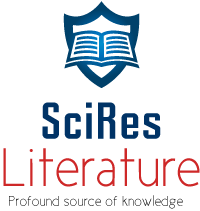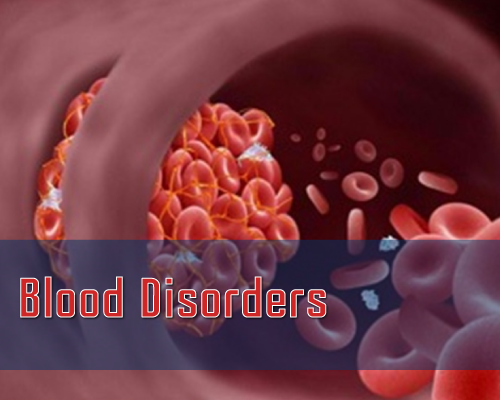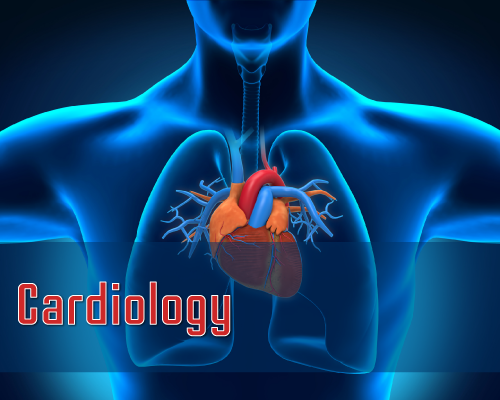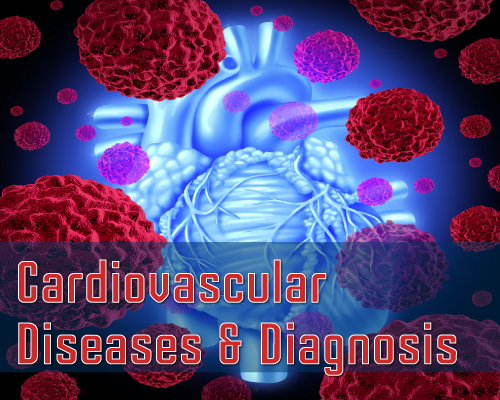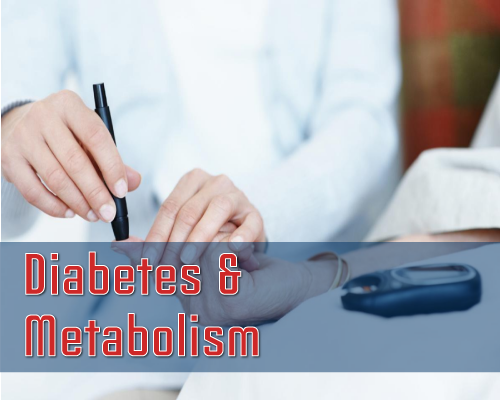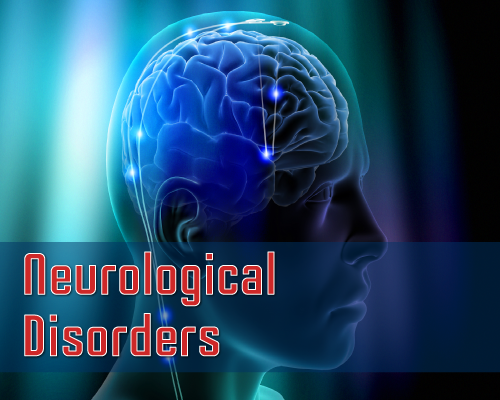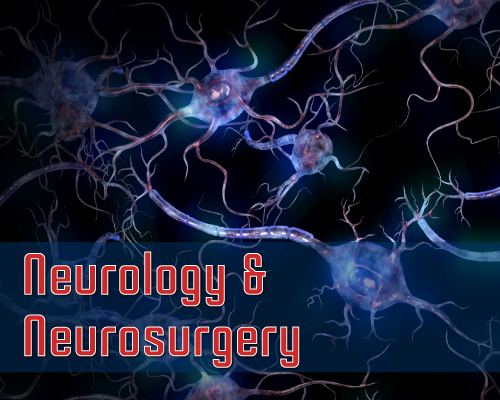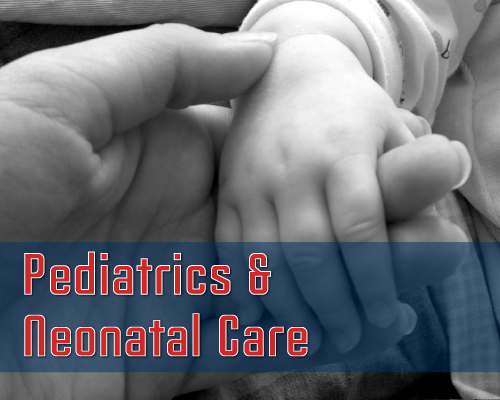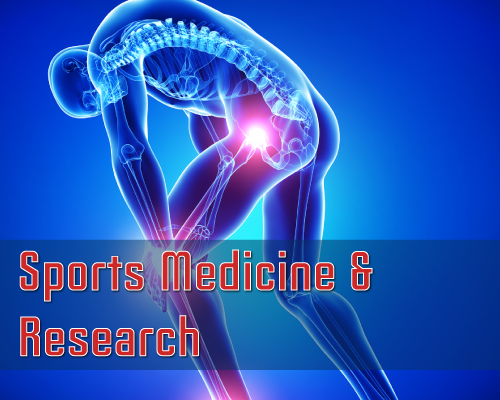Volume 2 Issue 3
Research Article: Physical Demands of Amateur Senior Domestic Rugby Union Players Over One Round of Competition Matches in New Zealand Assessed Using Heart Rate and Movement Analysis
King D1,2*, Cummins C2, Hume PA1,3, Clark TN4 and Pearce AJ5
To describe the physical demands of senior domestic amateur rugby union using microtechnology. A cohort descriptive study was conducted to collect data from a senior domestic amateur rugby union team over one round of competition matches (n = 13) using heart rate and microtechnology data. Total distance, maximal velocity, Player Load ((PL) accumulated accelerometer-derived load), Two-Dimensional (medio-lateral and anterior-posterior) PL (2DPL), low speed activities (<2 m.s-1) (PLSLOWsub>) and individual PL vectors (PL forward (PLF), PL sideward (PLS) and PL vertical (PLV)) were examined. Analyses by playing player position, player group were conducted. Outside-backs recorded a higher mean distance (5,880 ± 1,979 m) per match than front-row-forwards (?2 = 5.1; p = 0.0243; z = -2.0; p = 0.0448; d = 0.45). Forwards recorded a higher PLSLOW (F(65,65) = 2.9; p<0.0001; d = 0.06) but had a lower PLF (F(59,71) = 6.3 p < 0.0001; d = 0.08), PLS (F(66,64) = 3.0; p < 0.0001; d = 0.08) and PLV (F(68,62) = 6.9; p < 0.0001; d = 0.25) when compared with backs. Given the similarities in the physical and physiological profile of individual positions, it is likely that players at this level undertake more generalised training regimes that fail to prepare them for higher levels of competition. Further, players may benefit from the incorporation of positional specific training in order to afford each playing position the opportunity to develop game-specific physical qualities.
Keywords: Accelerometery; Movement demands; Activity profiles; Physical demands; Match play; Rugby union
Cite this Article: King D, Cummins C, Hume PA, Clark TN, Pearce AJ. Physical Demands of Amateur Senior Domestic Rugby Union Players Over One Round of Competition Matches in New Zealand Assessed Using Heart Rate and Movement Analysis. Int J Sports Sci Med. 2018;2(3): 066-071
Published: 30 November 2018
Uqbah Iqbal*
Written by Ab. Aziz Yusof, performance appraisal is a formal system that enables a review and assessment of work performance. It is an individual work process that is observed, assessed, recorded, reported, discussed and followed up with the purpose of improving the quality or quantity of work performed. This assessment needs to be done on an ongoing basis and systematically seeks to develop, determine the rewards and elicit the potential of the employees. These three aspects will influence the determination of salary movements, the suitability of promotion and acting, the determination of whether on a loan or temporary exchange, the qualifications and suitability of awarding excellent services, identifying and planning training requirements, appropriateness of placement, career advancement and counseling and guidance.
Cite this Article: Iqbal U. Performance Appraisal: concept and Implementation. Int J Sports Sci Med. 2018;2(3): 064-065.
Published: 17 November 2018
Lucio Maci*
The handicap caused by deafness is 'hidden', invisible to a superficial glance, it is difficult to focus on all aspects. Deafness is not 'seen': it is recognizable only when it is time to communicate. Because of the impediment of communication, the deaf are excluded from many important spheres of society, because life and culture are based on hearing and phonetic transcription. The deaf are the only disabled group with their own language and culture. Despite their healthy body, they do not have the same chance during competition as the hearing people. Deafness affects the learning process of forms of movement. Because of the acoustic impressions, you also receive ancillary information such as the quality of the terrain or the players's proximity, the incitement of the public, the arbiter's whistle, the environmental noises.
Cite this Article: Maci L. Sport and Deafness. Int J Sports Sci Med. 2018;2(3): 062-063.
Published: 11 October 2018
Research article: The Effect of Six Weeks Neuromuscular Training Program on Balance of Congenital Deafness Students
Javad Shavikloo1*and Aliasghar Norasteh1
Introduction: According to previous studies, weakness in maintaining balance is one of the main problems in people with congenital deafness; and balance is also an important factor affecting the quality of life. Strengthening and improving balance functions must be emphasized to reduce the problems of this group of people and bring their quality of life closer to normal. Thus, the aim of this study was evaluated the effect of integrative neuromuscular training program on balance of congenital deaf students.
Materials and Methods: This experimental study was conducted with pre/post test design with the control group that performed on 24 congenital deaf students who were randomly divided into two groups of intervention (12) and control (12). The control group performed their routine physical activity three times a week, while the intervention group was performed special integrative neuromuscular training 3xWek for six weeks. The static balance was measured with the Balance Error Estimate System (BESS) and the dynamic balance was measured with the Star Excursion Balance Test (SEBT). The post-test of BESS and SEBT was done in two groups afterward. ANCOVA test was used to analyse the data via SPSS software at the significance level of P < 0.05.
Results: The results indicated a significant difference in BESS and SEBT over six weeks in for the TRN group (P = .05). Also the results indicated significant differences in three excursions (Anterior, postromedial, and postrolateral) for the TRN group (P = .05). However, no significant reduction was observed in any of the balance occasions in the control group.
Conclusion: Neuromuscular training program may improve the static and dynamic balance and can be used in conjunction with other training programs.
Keywords: Neuromuscular; Postural control; Balance; Congenital deafness
Cite this Article: Shavikloo J, Norasteh A. The Effect of Six Weeks Neuromuscular Training Program on Balance of Congenital Deafness Students. Int J Sports Sci Med. 2018;2(3): 056-061.
Published: 18 September 2018
Authors submit all Proposals and manuscripts via Electronic Form!
